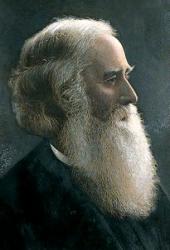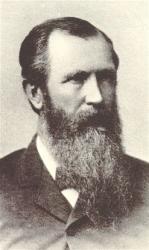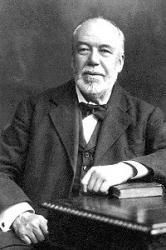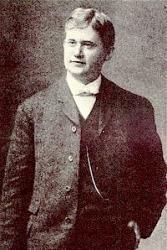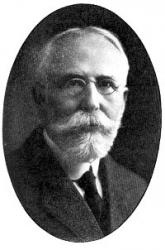
1851 - 1939 Person Name: Howard Grose Topics: Christians Commitment Author of "Give of Your Best to the Master" in Praise for the Lord (Expanded Edition) Born: September 5, 1851, Millerton, New York.
Died: May 19, 1939, Ballston Spa, New York.
Buried: Ballston Spa, New York.
Grose attended the University of Chicago, Illinois, and the University of Rochester, New York (AB 1876, AM 1880). He was ordained a Baptist minister in 1883, and served at the First Baptist Church, Poughkeepsie, New York (1883-87) and the First Baptist Church, Pittsburgh, Pennsylvania (1888-90). He also served as president of the University of South Dakota (1890-92), taught history at the University of Chicago (1892-96), was assistant editor of The Watchman in Boston, Massachusetts (1896-1900), and editorial secretary for the American Baptist Home Mission Society (1904-10), and edited the Missions journal for 23 years. He lived his later years in Mount Vernon, New York. His works include:
The Endeavor Hymnal (New York: 1902)
Aliens or Americans, 1906
The Incoming Millions, 1906
The Praise Book, with George B. Graff (Boston, Massachusetts: United Society of Christian Endeavor, 1906)
Advance to the Antilles, 1910
Never Man So Spake, 1924
--www.hymntime.org/tch
Howard B. Grose


 My Starred Hymns
My Starred Hymns